Hey guys! Hope you have been well! Well, here we are with a new post update! We started the year by researching our problem space more. After the short break since our last submission, we were given a week called “Mission 500”, where the team had a week to do more primary and secondary research to understand our problem space better and find out as much information as we could before we settle on a specific area.
The team made good progress during the week by conducting surveys, interviews and some site observations. We decided that to dive deeper into our problems, we needed to find out and understand the current situation in Melbourne other than what we had already found on the internet. We gathered a total of 103 Surveys from the general public in Melbourne on their thoughts and knowledge of E-Waste recycling. We conducted 4 interviews from phone/computer repair stores, spoke to the 3 known phone carriers, Optus, Vodaphone and Telstra and lastly to JB-Hi 5 and Office Works since they all dealt with E-Waste as part of their operations. Lastly, we managed to do 3 short site visits to recycling collection centres at Monash Waste Transfer Station, Boroondara Waste and Recycling Centre and also Inner City Metals. In addition, we managed to speak to someone from Scipher’s processing facility who recycles and breaks down e-waste. The team is in talks and hoping we can observe it.
Here are some interesting highlights of what we found out or understood from our primary research in summary:
Surveys:
- 1) The term e-waste is misinterpreted to be many things. The survey has shown that many participants accept e-waste to be “bad” or “harmful to the environment. Some of them are very aware of its impact, while others are unaware of it but assume it doesn’t have a positive impact.
- 2) The majority of our respondents have not recycled e-waste before as they hoard e-waste and are unsure what to do with it.
- 3) Unsure of what can be recycled (Lack of information), fear of data security, not convenient (far drop of locations) and too complicated/lazy are some of the common responses we received for not recycling e-waste.
- 4) Participants from Balwyn/ Casey has mentioned that it is very convenient to recycle e-waste in their community, with most other participants mentioning that it is ” somewhat convenient ” to recycle in their area,
Interviews with phone/computer repair shops:
- 1) None of the repair shops does recycling on their. They are collected by people who randomly come and take the e-waste, or they are collected by Mobile Muster. Mobile musters take “batteries, broken phones, whatever it is. And so if you send them broken phones, they strip all the copper out, right? And then recycle the copper, then they melt the plastic down, and then they sort of get the, the glass and the basically, whatever part of it is recyclable, they will recycle accordingly, and if not recycled they treated as e-waste.”
( Optus, Vodaphone and Telstra, JB-Hi 5, and Officeworks have also mentioned Mobile Muster as the company that takes most of the phones for recycling.)
- 2) There is a trend from phone manufacturers on the different phone models when it comes to repair, for example, with the iPhone for screen repairs.
- Iphone 4 series (HARD)
- Iphone 6 series (EASY)
- Iphone 10 onwards (HARD)
- iPhone 14 and 14 + IS NOT Welded at the back (EASY)
- However, 14 Pro and Promax are welded, hence HARD.
Type C ports seem to be the direction of the future as many products are having a trend using type C. Based on the observation for repairment.
- 3) Phone LCD screens and small parts like audio, camera, and volume buttons can be refurbished and placed in another phone, although it’s a rare case. It is still kept for emergencies. Battery is usually the least valued part of a spoiled phone.
- 4) Although the internet says that using adhesive glue makes it difficult to take apart a phone, repair shops people say they are still able to be taken apart despite them being third-party personnel. It’s tricky, but it can be done, especially on an iPhone. One mentioned machines that can be used to remove, but it needs to be done by a skilled worker. “If you have not, just on a slight angle and just moving your phone, just just an example there. Um, and the laser sort of hits the camera. It can actually short out the entire phone as the entire phone wipes it clean.”
- 5) Phones when are beyond repair are mostly taken back by owners, the shop people do not want to take responsibility of it.
Site Visit of collection facilities and processing facility interviews:
- 1) Usually for, small e-waste products like phones and computers are free of cost when recycling. However, bigger items, such as Fridges, freezers and air conditioners, are charged for disposal.
- 2) CRT televisions are still being collected today despite LCD televisions being most commonly seen everywhere in households. It is, however, challenging to recycle because of the lead glass and the need for workers to manually drill and separate it off before recycling. The lead glass has to be disposed of because it is toxic.
- 3) At the processing facility, materials from the e-waste are separated and organised. They are organised as aluminium, ferrous and non-ferrous metals, Printed circuit boards (PCB) and, mixed plastics etc.
- 4) The processing facility uses a blue box bin technology where, upon dropping off e-waste products, it recycles and separates the product into materials. This is safe for workers as they do not have to do manual disassembly. However, this technology is expensive, and there are only about 1-2 in the country.
- 5) It is cheaper to send e-waste to landfill than recycle. A rough gauge is a recycling bin of $300 dollars per ton to the landfill, and recycling can cost up to $500-600 per ton. Hence, many prefer to save costs by sending e-waste to landfills.
- 6) The reason why consumers are charged to recycle is because collection facilities are being charged for the recycling facilities to collect the waste and recycle it. As a result, collection facilities have to charge consumers to make ends meet.
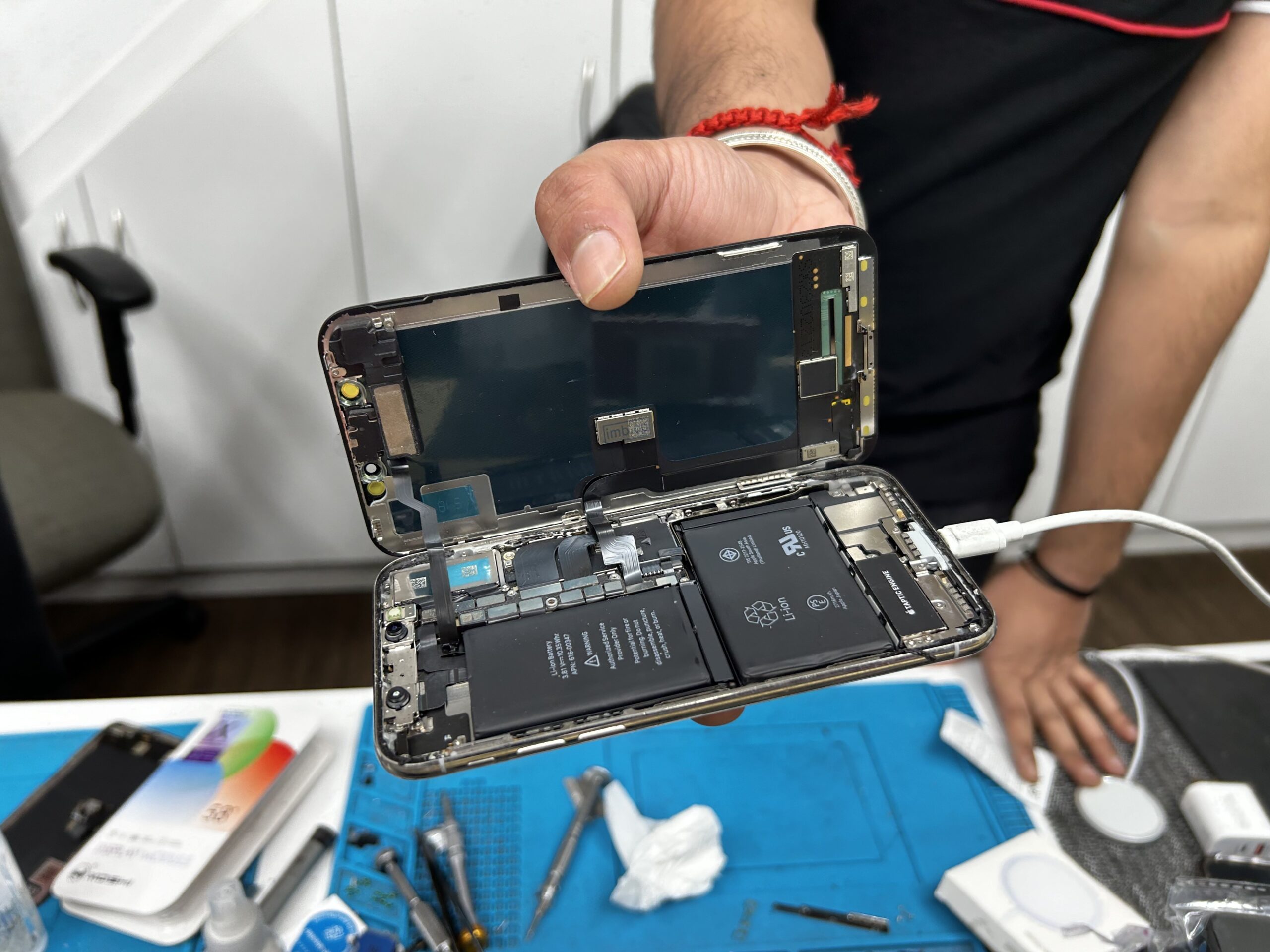
Here is our go at the STEEPLE Framework:
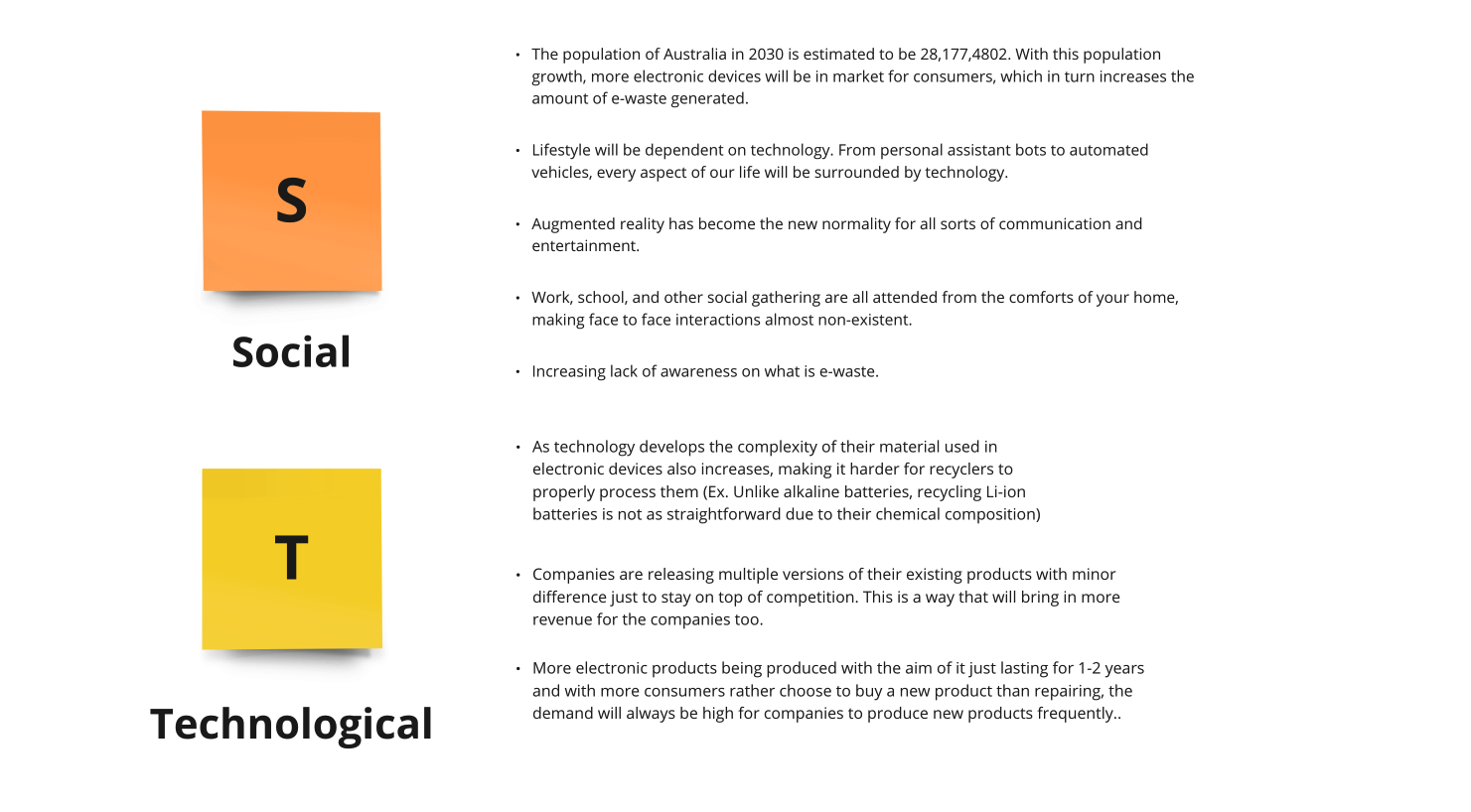
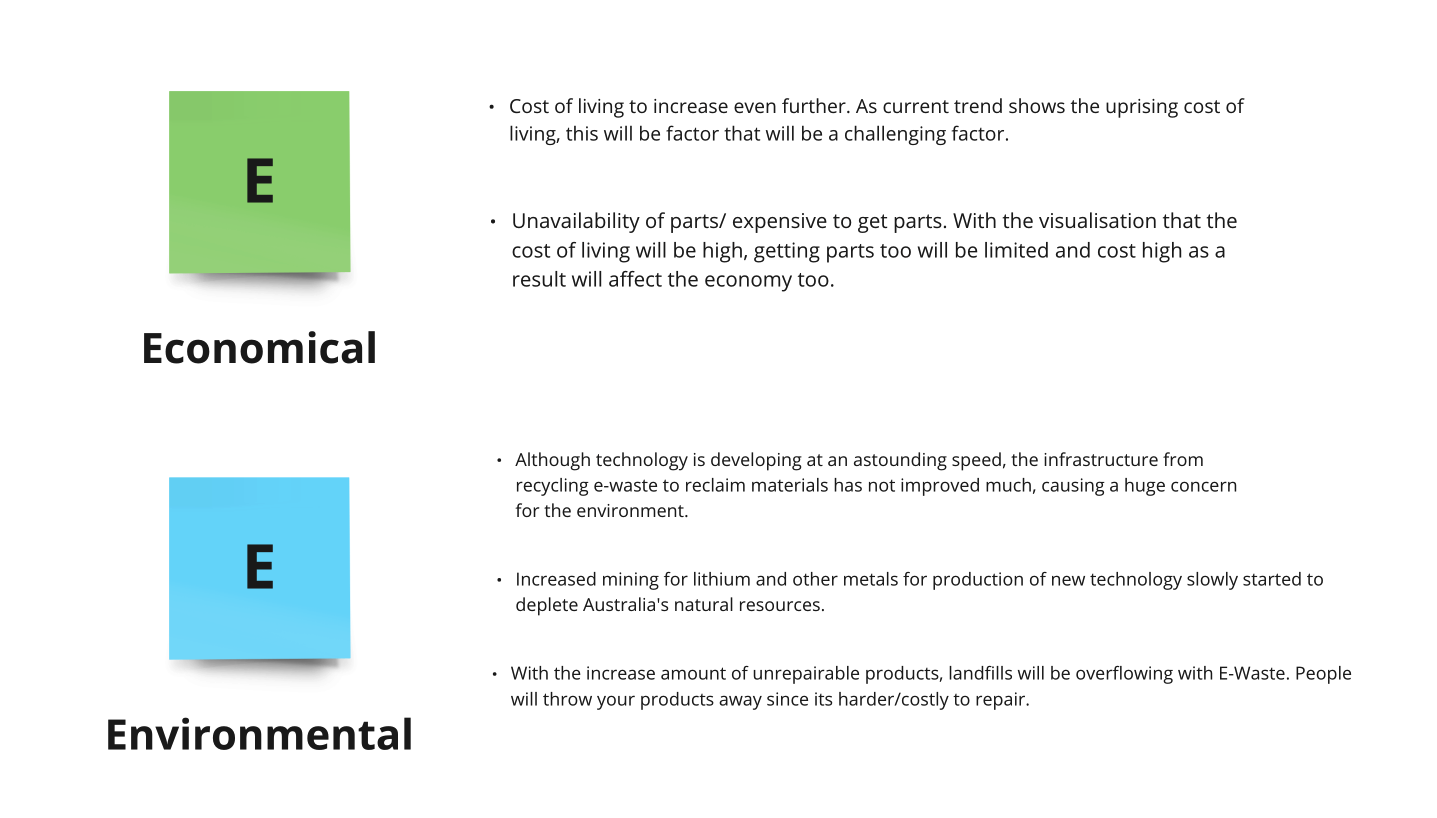
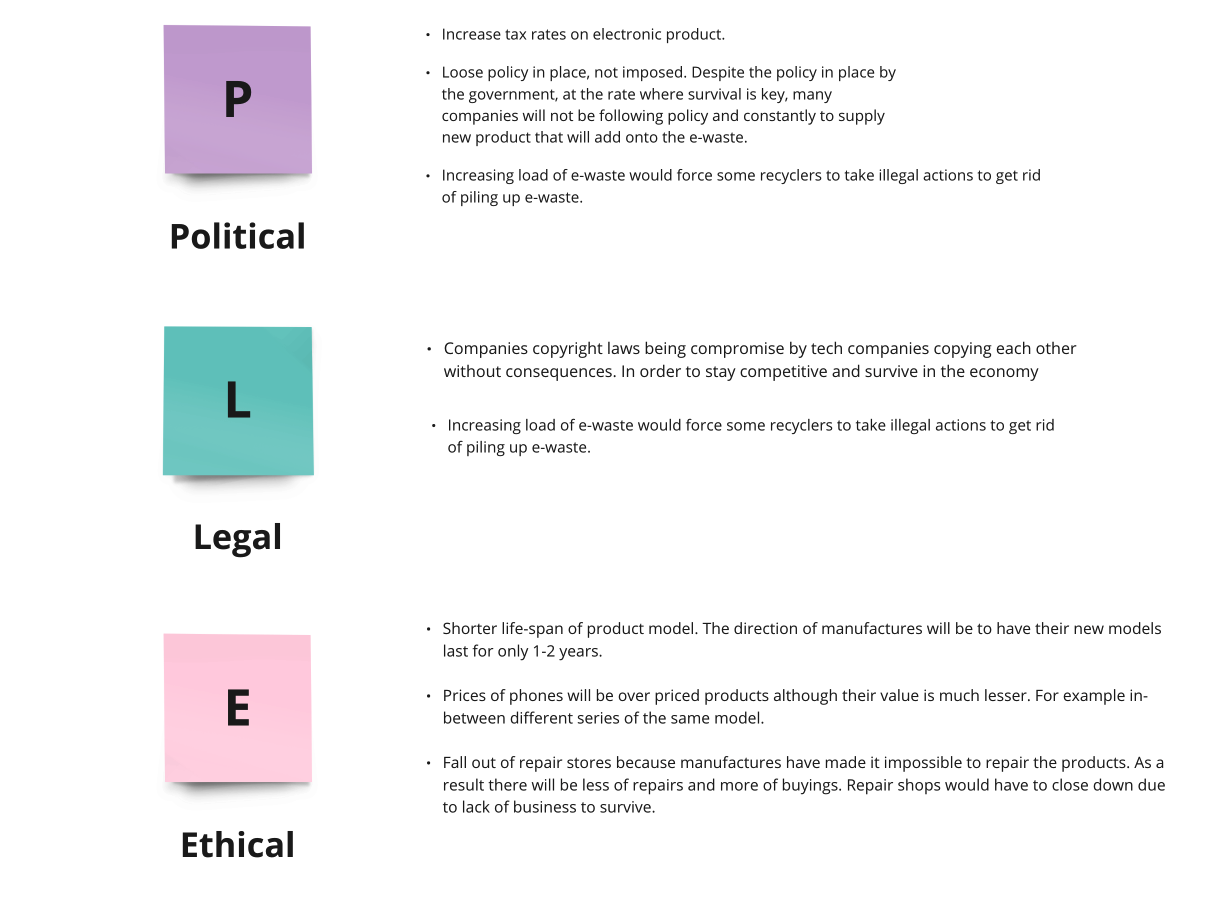
“Projects we have completed demonstrate what we know, while future projects decide what we will learn.” – Dr. Mohsin Tiwana.
As we design for the future, the outcome we produce will help shape what happens then and provide a learning direction for us to work towards.
Next Steps:
- The team hopes to visit the recycling processing facility, which will help give us a better direction given metal extraction and conservation as part 2 of our system map.
- Prototypes, prototypes and prototypes. The next few weeks are about creating rapid prototypes to build something quickly and explore the different opportunities in the e-waste cycle.
- Finalise the specific area we are looking at before the design freeze in March.
Till then, take care and catch you guys soon!


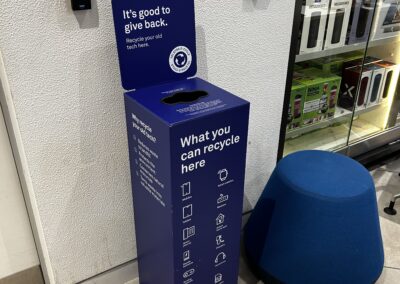

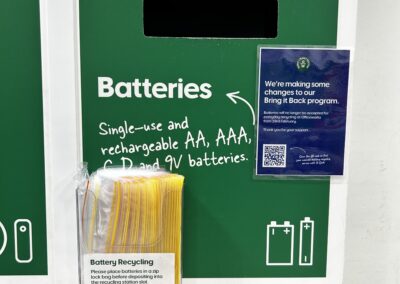

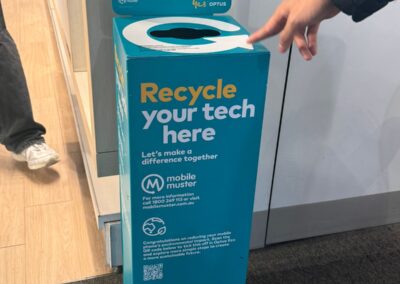
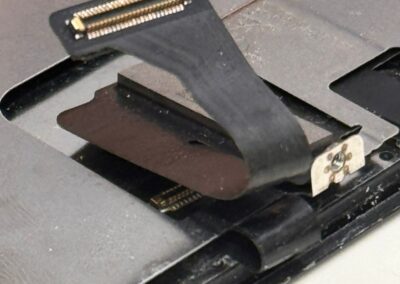
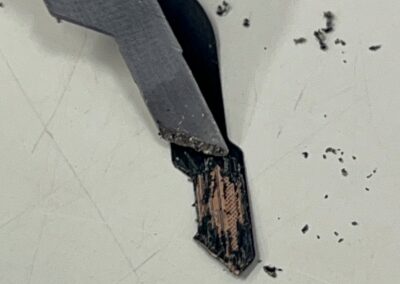
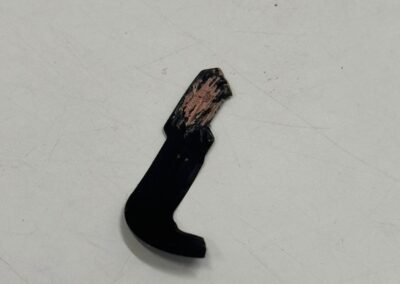
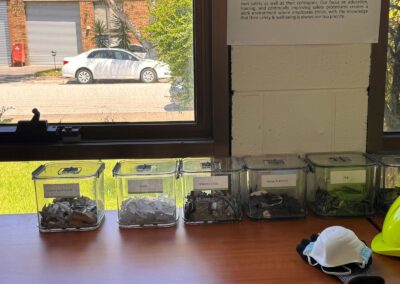

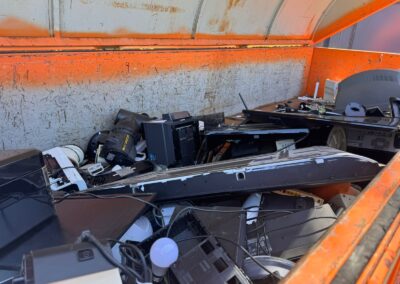


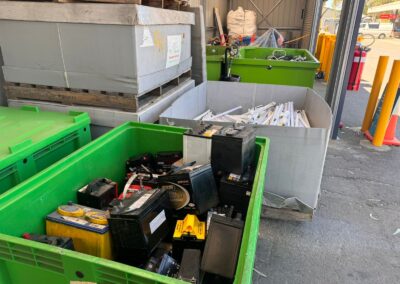

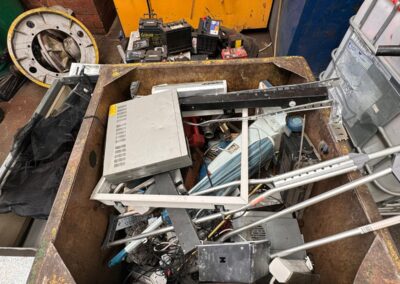
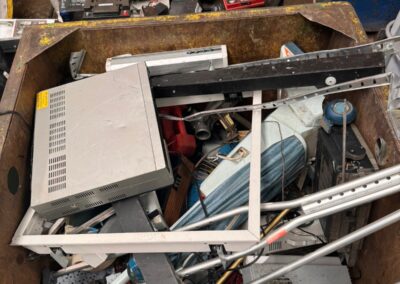
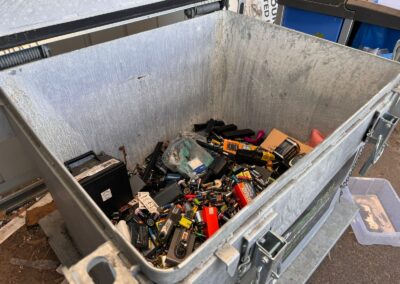
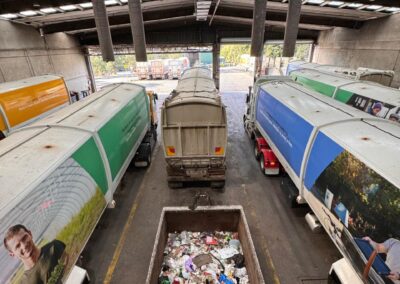
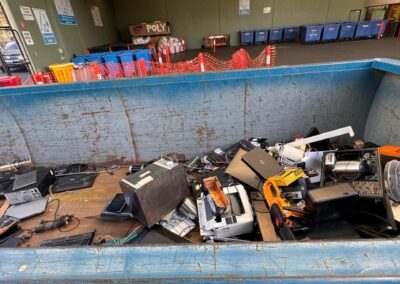
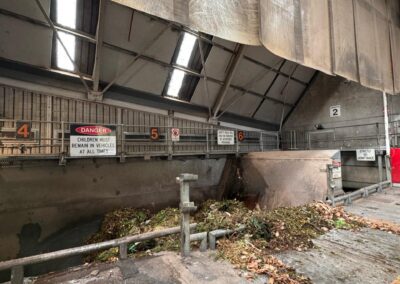
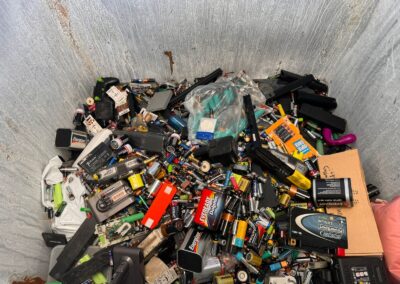
Recent Comments